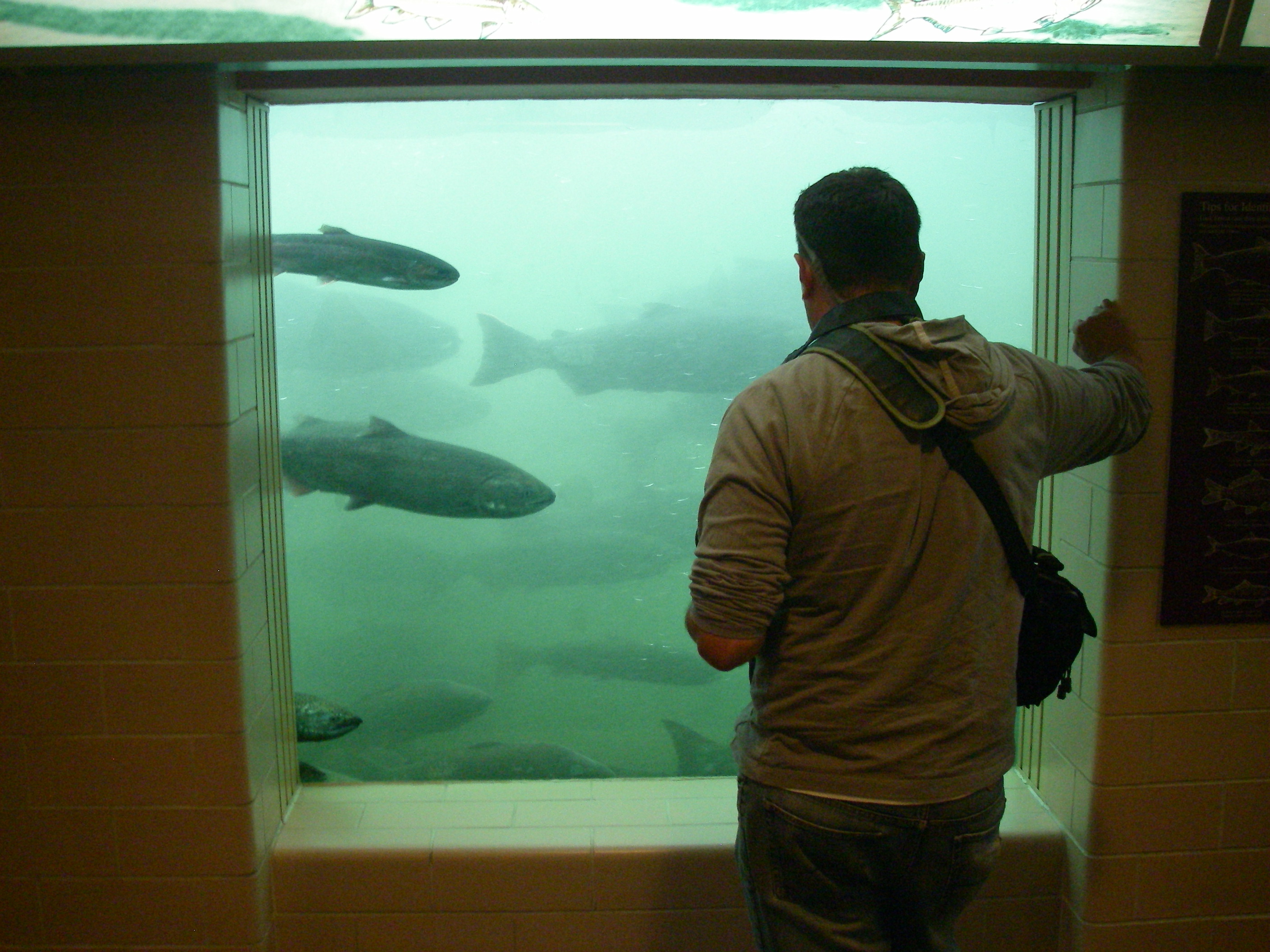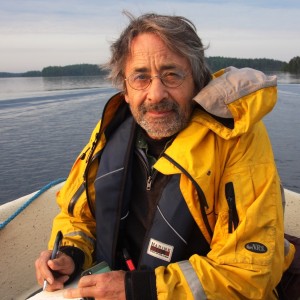In early 1871, American shad was a popular food and sport fish, and the California Fish Commission engaged Seth Green, regarded as the father of fish culture in North America, to transport more than 12,000 American Shad fry by train to California.
Green filled milk jugs with shad fry and took them onto a transcontinental train. After a seven-day journey, he arrived in California with 10,000 little fish still alive, and he released them into the Sacramento River near the town of Tehama.
The project turned out to be more successful than Green could have imagined. From Sacramento, shad colonized and were introduced to rivers all along the West Coast. The Columbia River now sees shad annual runs of as many as 7 million fish, and shad are now the most abundant anadromous fish in the river. They make up over 90 percent of the recorded upstream migrants in some years and raise concerns about their impact on diminished salmon runs.
"At such high abundances, shad interfere with efforts to aid salmonid upriver adult returns by obstructing efficient processing of salmon at collection facilities, lowering oxygen concentrations in fish ladders, and complicating accurate identification of migrating salmon and steelhead in fish counting facilities,” says a report published by the Northwest Power and Conservation Council. “Potential hazards of increasing shad populations to native fishes include greater competition for food and critical nursery habitat, predation on salmon young, disease transmission, or some combination of these processes.”
However, according to Thomas Quinn, a salmon expert and professor emeritus at the University of Washington, the impacts of shad on salmon may not actually be as bad as some people think.
As a member of the Independent Scientific Advisory Board (ISAB) for the Northwest Power and Conservation Council, Columbia River Basin Indian Tribes, and National Marine Fisheries Service, Quinn and his colleagues could not find conclusive evidence that shad were harming salmon. “We looked at all the plausible mechanisms through which shad could impact salmon, and overall there did not seem to be a substantial case. I know that shad are increasing, and salmon are decreasing, but just because things happen at the same time does not mean they are causative,” says Quinn, noting that the ISAB has no ax to grind in this discussion.
The board found that because shad are broadcast spawners and salmon tend their eggs in a redd, and because they migrate at different time of the year, there was an argument to be made that shad has little impact on salmon and steelhead trout.

"There may be something that we are not seeing,” says Quinn. “But it’s not obvious.”
What is obvious is that climate change and dams along West Coast rivers combine to make very favorable conditions for shad, and unfavorable for salmonids. “Shad do well in the warmer water and are aided by the reduced flow caused by dams,” Quinn says. “Shad eat plankton, and there is a lot more plankton in reservoirs.”
Despite the abundance of shad, Quinn notes that there is no commercial fishery and it’s unlikely there will be one. “Nobody wants to worry about salmon bycatch,” he says.







